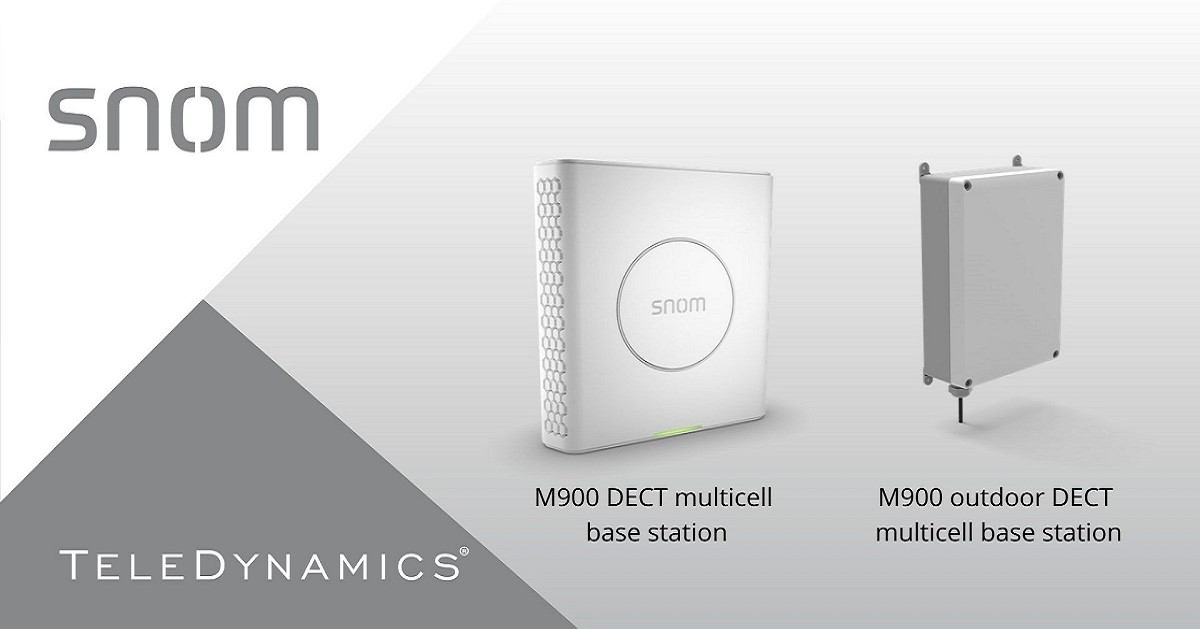When you make a VoIP call or join a UC meeting, you click the “call” or “join” button, and everything just works! You seamlessly communicate with your remote employees, partners, and customers. It seems like magic, but behind the scenes, a vital technology is making all this possible: the Border Gateway Protocol (BGP).
BGP is the de facto routing protocol that governs and enables data to traverse the worldwide web. For VoIP and UC professionals, understanding BGP matters because it directly affects how voice, video, and messaging traffic reaches its destination. This is true for all communications taking place over the internet, such as that between users, SIP trunk providers, or cloud-based UC and VoIP platforms.
In this article, we look behind the scenes to see what BGP is, how it directs traffic across multiple networks and ISPs worldwide, and how its operation directly affects reliability and service availability for real-time applications.

















